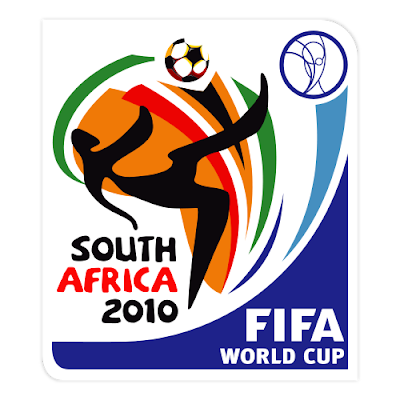
On the eve of the U.S.'s make or break match against Algeria, the question being asked is, are mandated gender-equality laws such as Title IX and Title 1, leading to the demise of men's soccer at the collegiate level?
The history of the Education Department's enforcement of Title 1, including the proportionality rule, has been a history of declining sports options for male students, even as the gender gap has soared and many institutions are searching desperately for legal ways to attract more men. In 2007 the CSC issued a study finding that 2,200 men's athletic teams had been eliminated since 1981. A decline of 17 percent. Hardest hit were programs in swimming, wrestling, and tennis, sports that don't draw large paying audiences like football (although the number of college football teams inched downward, too). From 1995, just before the proportionality rule went into effect, the number of men's teams fell to fewer than 7.8 per school by 2007, while the number of women's teams rose to 8.7.
Several commenters jumped on this, not necessarily questioning the numbers but the assertion that elite high school players in America even bother with college and instead go overseas signing with club teams there and playing in the equivalent of their farm system.
We looked at the roster for this year's U.S. World Cup team and determined that 14 of the 23 players on the roster spent at least two years playing soccer at four-year colleges/universities.
Check out the breakdown by position:
Forwards: 1 of 4
Midfielders: 5 of 9
Defenders: 6 of 7
Goaltenders: 2 of 3
Do these numbers suggest that the college route still plays a large role in the make-up of the American roster? And any ideas why we get more players from the college ranks as we move deeper into our defense?
Are the sampling sizes large enough to draw any conclusions? Not being nearly as educated in this sport as we are others, we certainly welcome any and all opinions.
P.S. We get that the majority of the roster being from colleges does not necessarily legitimize the college route as superior to the club route.
P.P.S. We swear we'll never get this Inside Soccer ever again. Promise.



No comments:
Post a Comment